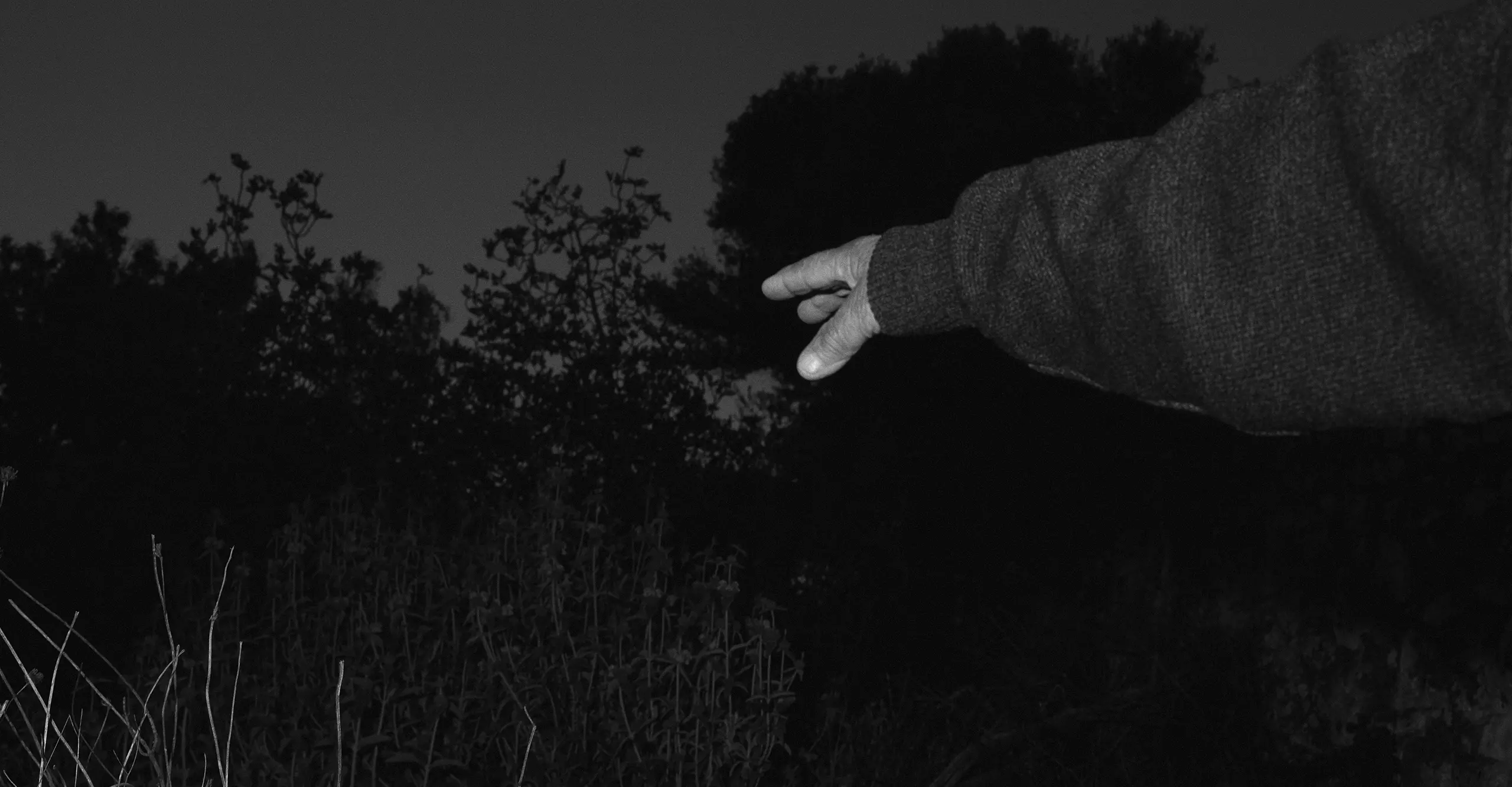Memory is inherently porous and complex, as is memoriam. Our dealings with recollection and loss are personal, familial, and communal in their ambit. They shift and reshape with every conversation, image, and experience of place.
Mnemosyne Grove, the debut book from London-based Australian artist Georgia Metaxas, traverses this territory with great sensitivity and poeticism. Using the olive tree as its central motif, the project explores family lineage and tragedy through connections between land, family archives, and storytelling, reflecting on the photograph’s ability to provide a nexus for multiple personal histories – in particular, those of migration, displacement, loss, and return.
The book connects two sites of particular familial significance in Greece, with Metaxas journeying between an olive grove bequeathed to her mother’s family in Palairos – where the ancient trees, each named after a woman in the maternal line, have stood sedately for five-hundred years – and Ithaca, the island where her father’s family originated, before migrating to Australia on a British steamship in 1901.
Drawing upon Metaxas’s multiple photographic languages, as well as her father’s Super-8 film stills – which he shot on his first and only trip to Greece in the late 1970s, travelling to Ithaca and Palairos with his wife and two daughters in tow – Mnemosyne Grove unfolds amidst an elegiac subtext. That Metaxas’s young father would tragically die during the same journey casts this work in the most poignant of lights – the artist retracing her father’s footsteps, in search of his family’s land and the olive trees that grow from its rugged contours. The symbol of the olive tree, and its branches, shifts in this context.
Though intensely personal, Metaxas’s work poses broader questions about our relationship to the land as a community, especially in the age of the Anthropocene. The book is sequenced via a system of visual ‘dactylic hexameters’ and ‘spondees’ adapted from the poetic and rhythmic structures that form the framework and Aide-mémoire for Homer’s epic poem The Odyssey, a work that wrangles kindred themes to Metaxas’s own journey.
Like many of her projects, Mnemosyne Grove sees her explore memory and loss as a personally and culturally embodied experience. The past is within us and becomes richer and more complex with every step forward, yet all the more difficult to grasp.
Georgia Metaxas is an Australian artist and educator based in London. She explores the tension between ‘artistic’ intent and documentary practice, with a particular interest in examining cultural and social rituals through contemporary portraiture. She has exhibited widely in both the United Kingdom and Australia, and has also shown her work in Spain, China, and Germany. Metaxas has undertaken a number of international residencies, including at the Fundacion Botin in Santander with Paul Graham, and was one of the FATHOM15 artists at Four Corners in London, and has developed community engagement programs with institutions including Photoworks UK and the Victoria and Albert Museum. Her work is held in several public and private collections, including the National Gallery of Victoria and the Museum of Australian Photography.
Dr Caroline Molloy, is an artist, academic and writer. She is the programme director of Fine Art, Digital Art and Photography at University for the Creative Arts, Farnham is a member of the Women in Photography research cluster and a trained PhD supervisor. She co-edits Photomonitor and leads international photography projects. Caroline’s research intersects photography, memory, and visual culture, with a focus on marginalized voices.
Caroline holds a practice led PhD in Arts and Humanities from the Centre for History and Theory of Photography, Birkbeck; She also holds an MA in Photography from the Royal College of Art and an MA in Visual Anthropology from Goldsmith, University of London. In addition, she regularly writes for Visual Studies, the Journal of Visual practice, Photomonitor, 1000words magazine and Source Magazine.
